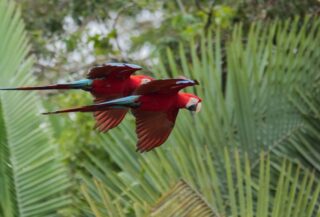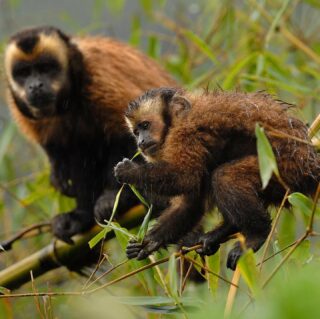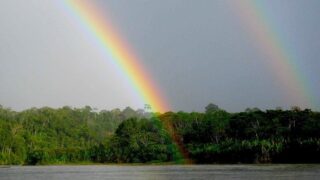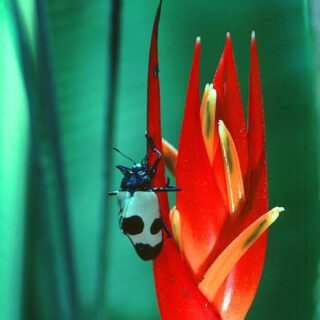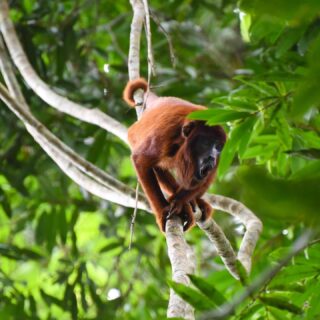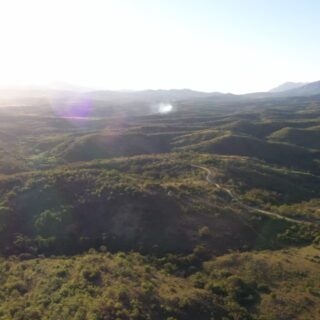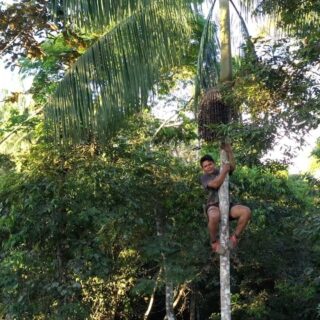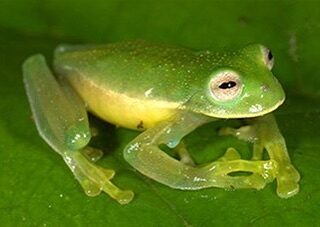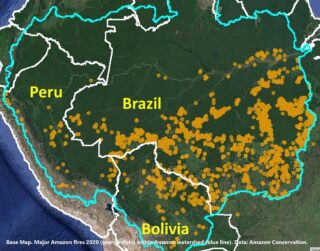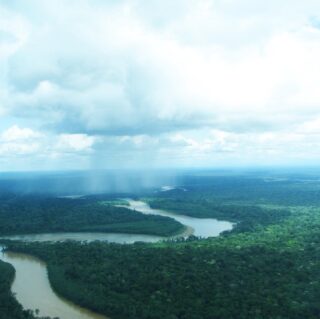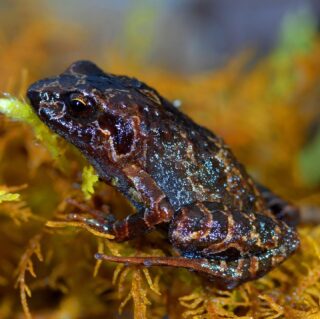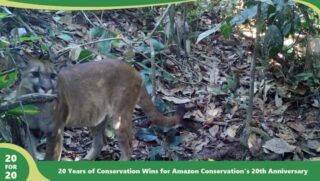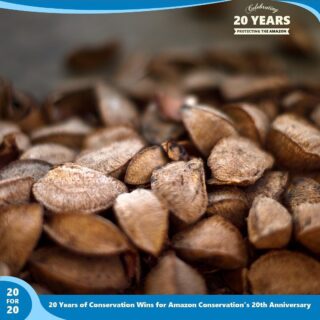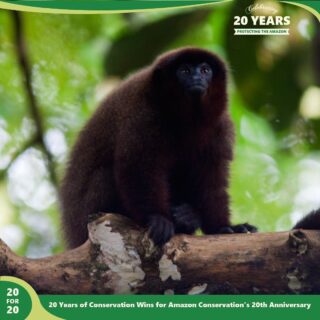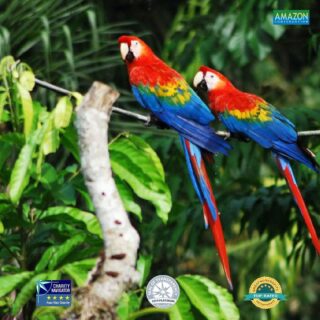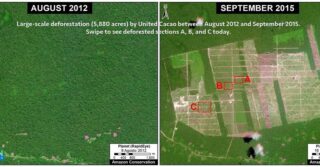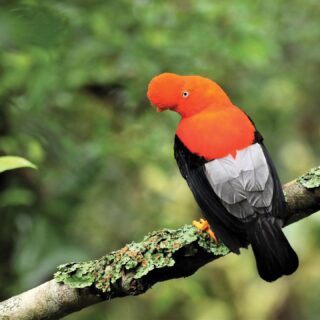Peru is home to an impressive number of birds—almost 2,000—and many of them live right in the Amazon. Even if you have already been birding in a tropical country, there are still several endemic birds that can only be found in Peru and nowhere else on the planet.
Uncategorized
Q&A with Birding Guide Rich Hoyer
Rich Hoyer’s first guiding and teaching experience came when he was a senior in high school when he was asked to teach a birdwatching class to a group of 3rd and 4th graders. Since then he has been a guide with WINGS Birding Tours for over 20 years. Check out what he had to say about his recent trips to Peru.
Uniting Science and Conservation at our New Los Amigos Bird Observatory
Any passionate birdwatcher or avian researcher knows that a forest with a diverse array of habitats is a likely treasure trove of brilliant, rare and charismatic avifauna. The Los Amigos Biological Station and reserve managed by Amazon Conservation in southeast Peru is just such a place. Situated in two floodplains, with terra firme, bamboo and palm swamp habitats, Los Amigos is home to almost 600 bird species, almost a third of the total number of birds registered in Peru!
MAAP #73: United States’ Only National Tropical Rainforest Ravaged by Hurricane Maria (Puerto Rico)
MAAP usually focuses on deforestation in the Andean Amazon region, but has a larger interest in tropical forests in general. Thus, we present this analysis in that larger framework.
The New York Times recently reported that Hurricane Maria “obliterated” the United States’ only national tropical rain forest as the powerful Category 4 hurricane (with 150 mph winds) passed over Puerto Rico on September 20.
Here, we present a series of fresh satellite images from October that indeed show the severe impact to nearly all 28,400 acres of El Yunque National Forest (see Base Map). El Yunque is managed by the United States Forest Service and is the only tropical rain forest in the US national forest system.
Throughout the article, click on each image to enlarge.
Behind a pair of binoculars there is always a passionate birder!
No doubt Peru is one of the most biologically and culturally rich countries in the world. Its immense biodiversity has made an important destination for many people that find the joy and happiness in nature that can only be found in places where there are few humans and the colors green and blue dominate the landscape. Among these nature lovers, there is a big group particularly attracted by colorful feathers, wings, and flying creatures: birds.
Birds are certainly attractive to human’s eyes, but rare, endemic or endangered birds are those heavily searched for by birdwatchers. These species are the reason why a birder will travel thousands of miles in order to see and appreciate some of these uncommon creatures in the world. Some birders’ aim is to add species to their lists, others encounter satisfaction on appreciating their beauty and surroundings, while others are fascinated by their natural history/ecology, migration patterns, and of course many are a mix of all or some of the descriptions above.
At Los Amigos, birding is a particular delight. Morning walks along terra firme habitat, contiguous to a patch of bamboo, and later on a walk to “Cocha Lobo” (an oxbow lake) will capture the concentration, ear and eyes of any birder. Every day there is a new encounter to behold! From a pair of blue and yellow macaws marking their dominance above the forest canopy, to the mournful whistles of the pavonine quetzal, to the primitive but always distinctive hoatzin! Undulated tinamous and a juvenile tiger heron are a few of the “resident visitors” in the Los Amigos backyard. With almost 600 bird species, there is no doubt that every day will have new discoveries and additions to birding lists.
Francis and Peter, two good friends from California, picked Los Amigos for their most recent birding trip this past August. After several decades of birding around the Neotropics, this was their first time in Amazonian lowlands. They acknowledged the high diversity of birds in the lowlands, but even though they were not aiming for a very long list they enjoyed ~330 species of birds (mostly seen but also a small percent heard). If you are a birder and are planning to visit Los Amigos this is one of Francis’ recommendations: “A word to the wise, however: while any length of visit here would be a delight, try not to be in a hurry. Even after a very enjoyable week here, we felt like we were just ready to begin, especially with the ant-phantoms of the bamboo”!

Francis and Peter, and their incredible local guide, Jose – all of their enthusiastic and friendly characters is dearly remembered here at Los Amigos!
A band of trumpeteers
You’re walking to Cocha Lobo when you suddenly hear a strange sound coming from the forest. It almost sounds like a child playing with a toy car, the “brrrrrrrrmmm” echoing from the distance with a sharp “kak”. It isn’t long before you spot the first Pale-winged trumpeter meandering along the floor, occasionally stopping to flip leaves on the forest floor.

A pale-winged trumpter walking idly near one of the many trails available at Los Amigos. Photo credit: Jeff Blincow
The Pale-winged trumpeter have the rightfully chosen scientific name of Psophia leucoptera, which translates to one that makes loud noises (Psophia) and has white wings (leucoptera). These birds can be found at Los Amigos in both the floodplain and terra firme and commonly travel in flocks of 3-7 individuals. Although these birds are primarily ground dwelling, their nest is usually placed in a hollow tree trunk up to 11m high!
Besides these few facts, little else is known about the Pale-winged trumpeter, which makes future research so important.
MAAP #72: New Gold Mining Deforestation Zone in Peruvian Amazon: The Upper Malinowski (Madre De Dios)
In a series of previous reports (MAAP # 60), we have described the dire gold mining deforestation in the southern Peruvian Amazon, most notably in the area known as “La Pampa” (see Base Map). However, over the past 3 years another critical area has emerged in the region: the Upper Malinowski. This area is located near the headwaters of the Malinowski River, upstream of La Pampa (see Base Map).
Here, we show satellite images of the rapid advance of gold mining deforestation in two sectors of the upper Malinowski. In total, we document the deforestation of 3,880 acres (1,570 hectares) between 2015 and 2017 inside the buffer zone of the Bahuaja Sonene National Park.
A sneak peek at our Los Amigos Birding Lodge
 In the 2015 Global Big Day, Los Amigos Birding Lodge registered the fifth highest number of bird species in the world (308) – and with good reason. Not only do we have sharp-eyed bird guides stationed there, but Los Amigos is adjacent to the Los Amigos Conservation Concession and just east of world-famous Manu National Park, which means it is surrounded by millions of acres of protected wilderness.
In the 2015 Global Big Day, Los Amigos Birding Lodge registered the fifth highest number of bird species in the world (308) – and with good reason. Not only do we have sharp-eyed bird guides stationed there, but Los Amigos is adjacent to the Los Amigos Conservation Concession and just east of world-famous Manu National Park, which means it is surrounded by millions of acres of protected wilderness.
The landscape is a mosaic of terrestrial and aquatic habitats, including palm swamps, bamboo thickets, oxbow lakes, and various types of flooded and non-flooded forests. Wildlife at Los Amigos is incredibly abundant, with nearly 600 bird species, such as Harpy Eagle, Spix’s and Blue-throated Piping-Guan, Razor-billed Curassow, Western Striolated Puffbird, Rufous-capped Nunlet, Pavonine Quetzal, Rufous-fronted Antthrush, and Pale-winged Trumpeter, as well as fascinating Amazonian mammals such as giant otters, spider monkeys and jaguars. A whopping 11 species of primate can be found in this area, such as the Tufted Capuchin (pictured below).
Los Amigos can be accessed via road and river from Puerto Maldonado, or via a lazy two-day boat ride from Villa Carmen. To experience the full Andes-to-Amazon adventure, many travelers hit all three of our lodges in a down-slope direction along Manu Road. After flying from Lima to Cusco, for example, a rewarding vacation starts at Wayqecha Cloud Forest Lodge (situated at 9,880 ft), heads down-slope to Villa Carmen Lodge (at 3,940 ft), and then winds its way down the Madre de Dios River to Los Amigos, with stops along the way to see a bustling clay lick (or collpa) featuring Scarlet, Red-and-green and Chestnut macaws. Sometimes, large mammals such as tapirs, capybaras, giant otters, and even jaguars can be spotted from the boat. Finally, after enjoying a filling, all-natural dinner at the lodge, Tawny-belied Screech-Owl, Spectacled, Crested and Mottled Owls can be listened for in the night.
Los Amigos features seven cabins with basic accommodations that start at $95 per person (double occupancy). Our staff can arrange a quality bird guide as well as all ground and boat transportation for your trip.
Your next wildlife adventure could be the best you ever had! Book a stay at Los Amigos Birding Lodge.
Life under bamboo thickets
Have you ever walked through a bamboo patch? If not, let me warn you about possible scratches, torn shirts or pants, and several up and downs you are certain to encounter. It doesn’t seem very promising -perhaps not for us- but for other species this habitat can be paradise. If you ever found yourself in a bamboo patch, stop and listen all the different birds’ calls or songs. In Los Amigos (LA), a “pip’ip’ip-pip’ip” call of tiny flammulated pygmy-tyrants, a “TEW tew-tew-tew’tew’tew’tu’tutu” song of white-lined antbirds (pictured on the right), or a “tr-tr-tr-tr-tr-TR-TR-TR-TR-TR” of the rare Peruvian recurvebill are just a few of the many birds inhabiting this particular thorny habitat.
There are several bamboo patches (“pacales”) of the genus Guadua spp., mostly within terra firme habitats in LA. Guadua bamboo patches occupy tree gaps, usually of 30-200 m in diameter -sometimes larger. They are highly dominant due to their massive seed production and their long vegetative growth phase, which allows them to colonize canopy gaps and often generate monodominant stands, causing mechanical damage to trees and saplings and altering the growth of understory trees. Compared to other types of monodominant habitats (i.e. Mauritia flexuosa palms), bamboo patches survive around 30 years after a short flowering event, followed by death over several square kilometers. Bamboo having a relatively short-term period of life could be detrimental for particular bird species that have found in bamboo habitats all what they need to flourish. Among monodominant habitats, bamboo patches harbor a higher diversity of specialized insectivorous birds.
But, what makes bamboo thickets so special? The wide array of food resources, from forest floor arthropods to a variety of insects colonizing bamboo internodes, culms, hollow stems etc.; and different vegetation structures (i.e. stems, leaf, and light intensity) are key habitat attributes that make bamboo patches a productive hotspot with highly specialized insectivorous birds. During the long bamboo vegetative phase these birds have plenty food resources, but questions arise when trying to understand what happens to these birds when the bamboo dies. Insectivorous bamboo specialists may experience population decline; move to different habitats or to another suitable bamboo patch. Considering current increased rates of habitat loss and fragmentation, the decrease of insectivorous bird richness in bamboo die-off should be particularly studied. The lack of suitable bamboo patches along with the spatial and temporal fluctuation of bamboo patches could increase the risk of extinction of this group of birds who have found in the bamboo its home.
For more references:
Areta, J. I. and Cockle, K. L. 2012. A theoretical framework for understanding the ecology and conservation of bamboo-specialist birds. Journal of Ornithology, 152 (Suppl 1): S163-S170.
Lebbin, D. J. 2007. Habitat specialization among Amazonian birds: why are there so many Guadua bamboo specialists? Ph.D. dissertation, Cornell University, Ithaca, NY.
Los Amigos Big Day Record
Click the image above to access the full article featured in the October 2017 Birder’s Guide magazine. Sean Williams, PhD., one of LABO’s advisers, had a record-breaking Big Day in 2015 while staying at Los Amigos! Read his incredible article to find out more!

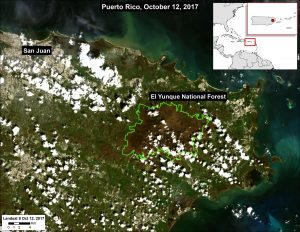
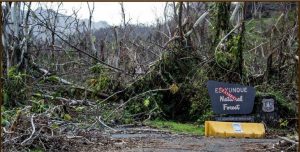
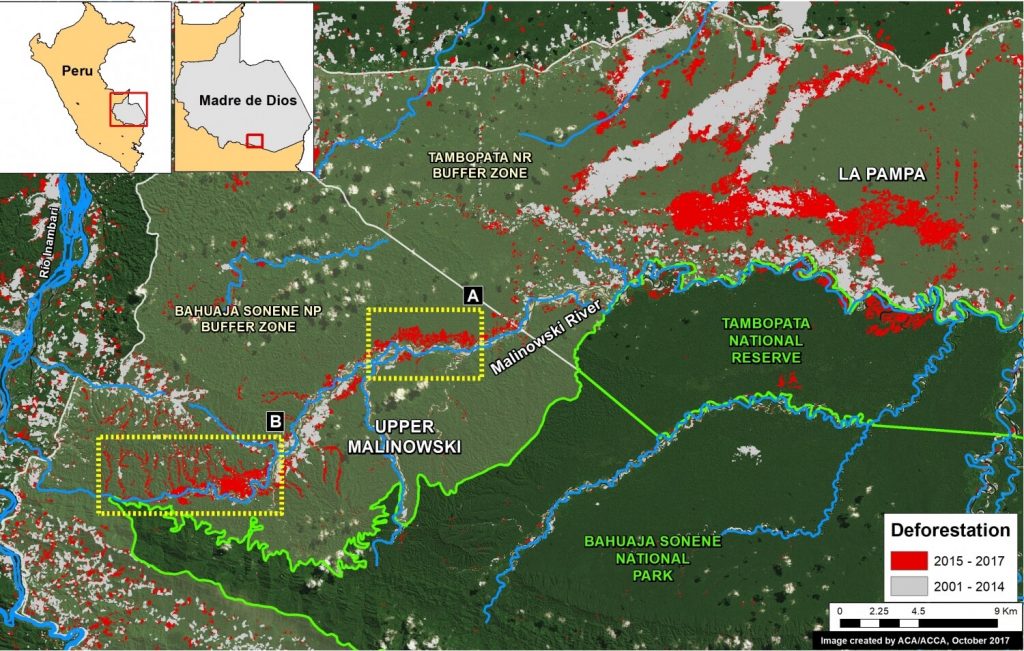
